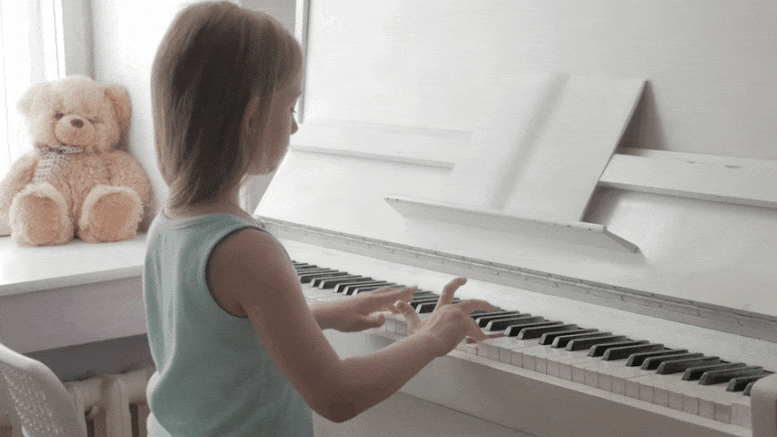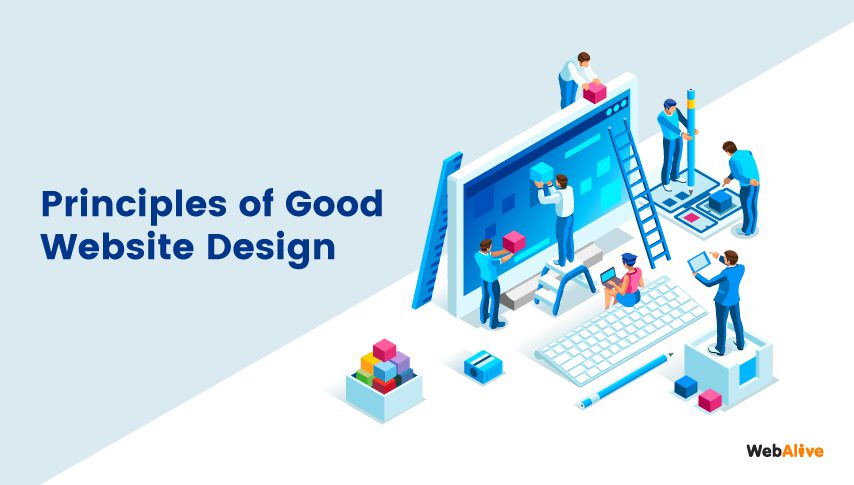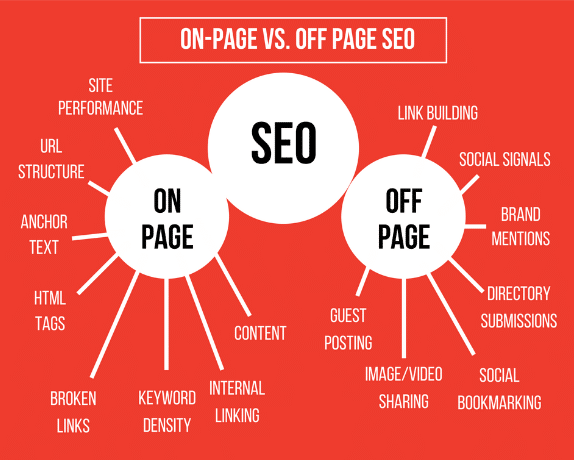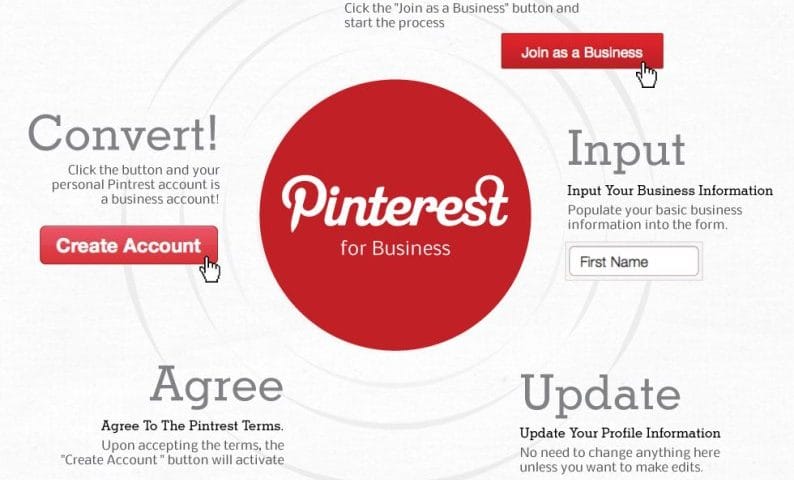Principles of Designing a Successful Website
Designing a Successful Website
Everyone seems to have a website, blog, or Pinterest page. With so much out there how do you cut through the noise and make sure your site is worth the time, effort and expense? There are several universally touted principles for creating a successful site that will help enhance your business and ensure a great online reputation.
Strategy

Before launching into the web design process make sure you know both why you want a website and what outcomes you expect. Your website might be a way to provide initial information to potential clients or business partners or it might be the place to purchase your product. Whatever your reason, have it clear in your mind and keep referring back to it as you design your site. Similarly keep in mind the outcome you’re looking for; do you want visitors to use you as a resource for information about something particular? As the go-to for purchasing a particular product? Do you want to promote your past work? Invite comments? Again, having it clear before starting the web design process will help keep you from going crazy with unnecessary content and tools, saving your time and money.
Quality Content
Users come to your website for a number of reasons, but once they’re there the content is of the utmost importance. You want to make sure that you have interesting and useful information which engages your visitors. People visit a lot of websites per day so you want to make sure they remember yours. Even more, you want to ensure there’s a reason for them to come back, so update your content regularly by adding a blog or new images or information. Making sure you present quality content will convert visitors to business results. Your content also directly impacts your search engine rank, which will help drive even more traffic to your site.
Accessibility
You’ve come up with a great idea for the content for your site but before that even begins to matter people have to be able to get to your site. Accessibility is increasingly important with the various devices consumers use to access the internet; computers, phones, tablets, etc. Your web design should make it easy for your users to get to your site regardless of the device they happen to be using. If, for example, your site takes too long to load on a phone because there are so many large files, users will give up and usually after only 8 seconds.
Usability
Ok, so you’ve got great content and made it easy for everyone, using any device, to access it. Now you need to make sure that visitors can find what they’re looking for. You want to make everything as easy for your visitors as possible. It may even be worthwhile, especially if you do decide to try something a little out-of-the-box, to conduct a small focus group session to determine where improvements can be made. Check-in every so often to make sure that the site continues to be intuitive and fun for your visitors to keep them coming back.
Appealing Design
Choose a design that will appeal to your target market (i.e. 18-30 year olds or retirees). Don’t over-complicate the design either. Choose colors or images that are a good background and don’t distract from the actual content of your site. Make sure that your font colors show up on your background and that links or buttons aren’t lost. You don’t want to hurt your visitors’ eyes or have them miss something important because they are so distracted by garish colors, flashing lights or hard to read text.
Leaving White Space
Along with all the basic principles of designing a website, there’s another undeniably important aspect of design; that is “leaving white space”. Now what happens when we leave some white space between different design elements on our website? It simply makes all the design elements more clear and visible to the visitor, consequently site visitor feels more comfortable scanning all the important information presented on the site instead of finding it hard to scan. When lots of images, graphics, colors and design elements are put together on a page in order to make it look more attractive to the site visitor, it sometimes looks more cluttered. On the other hand if we leave some white space on the page it helps us in creating a very neat, tidy and clear website design. So we can say designing a website leaving some white space makes it more user- friendly.
Having a website is just the beginning of the battle. Make your site stand out from all the others by making it appealing to your target market, easy to access and navigate and providing interesting, informative content that’s regularly updated to keep your visitors coming back time and again.








